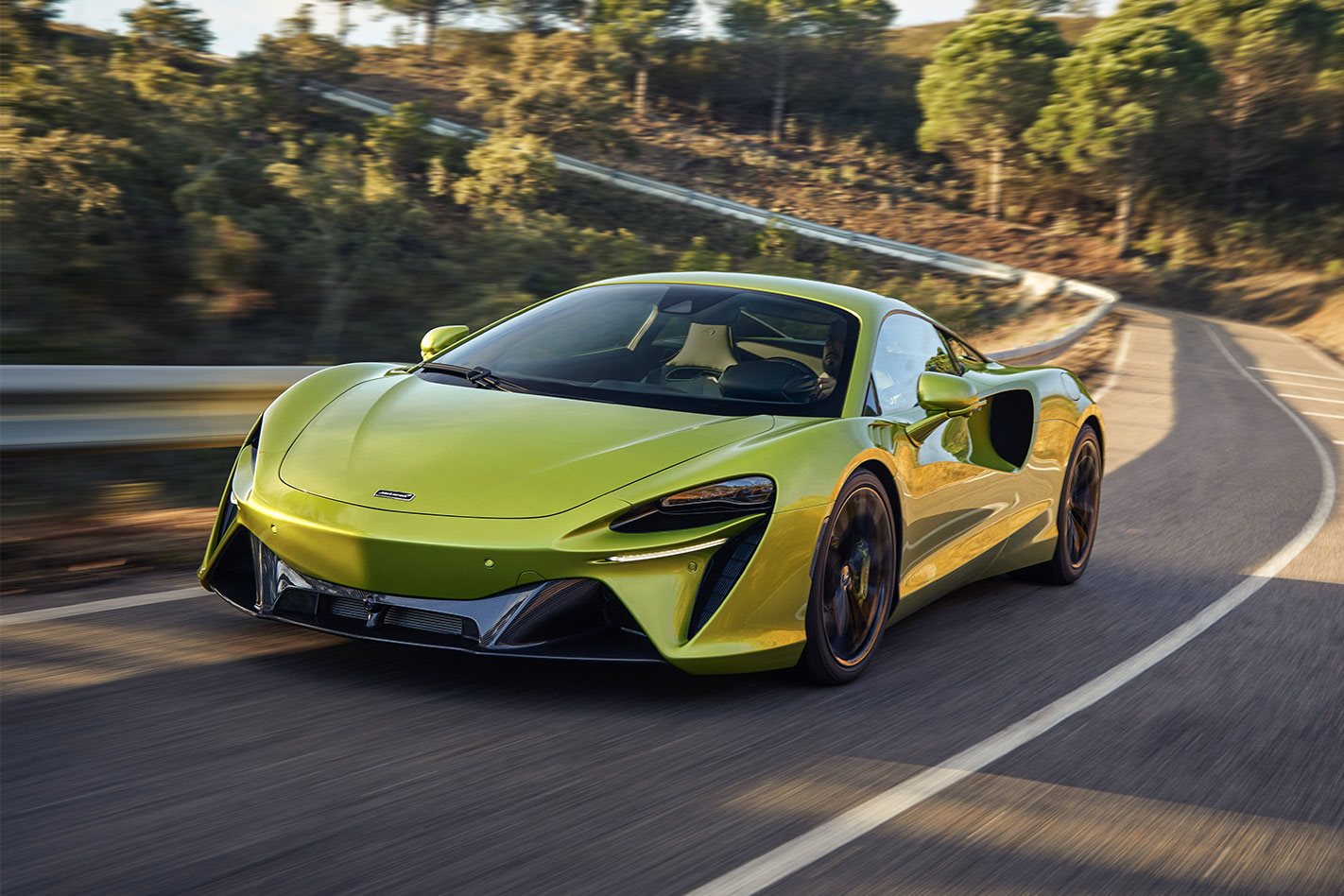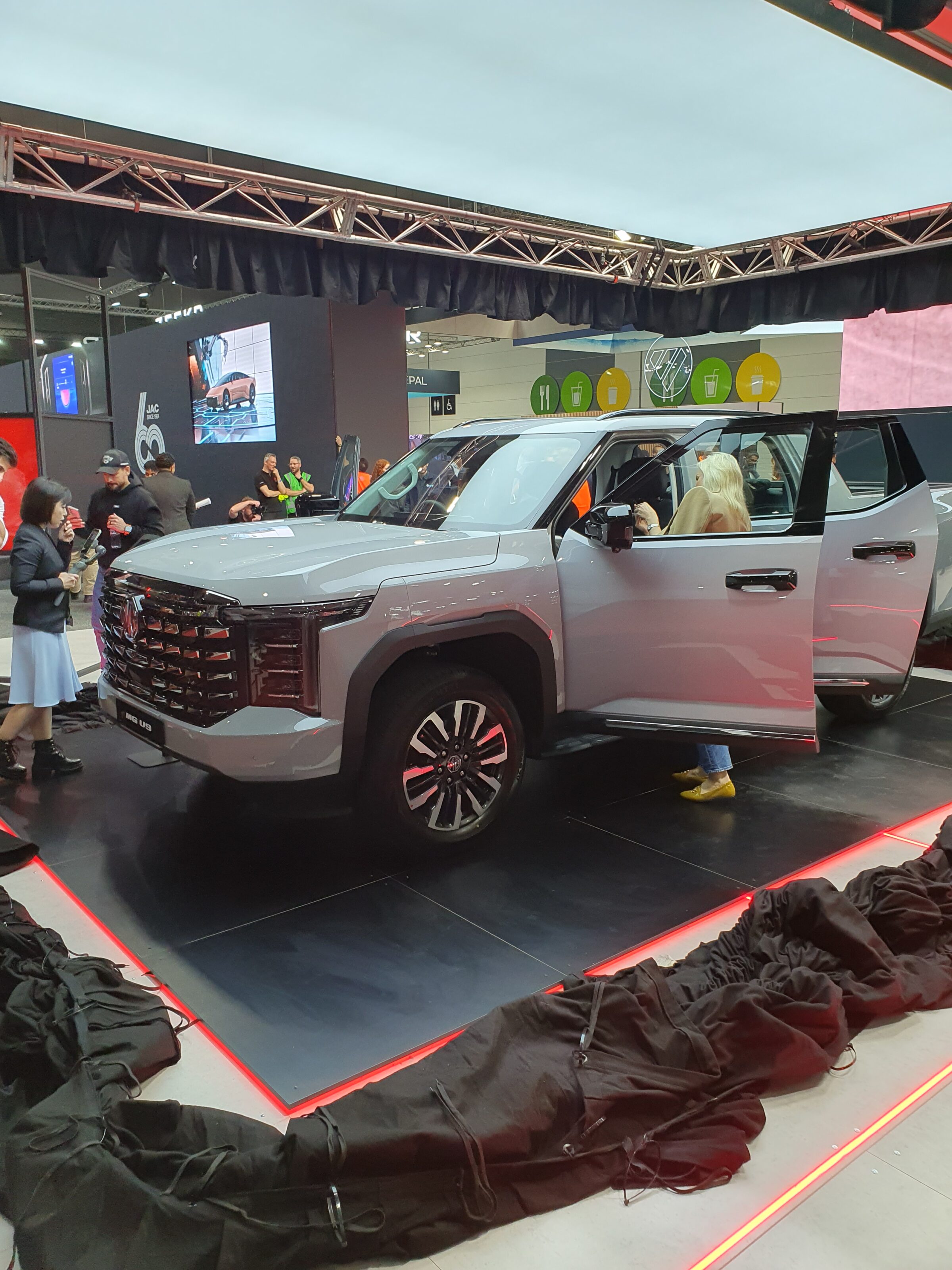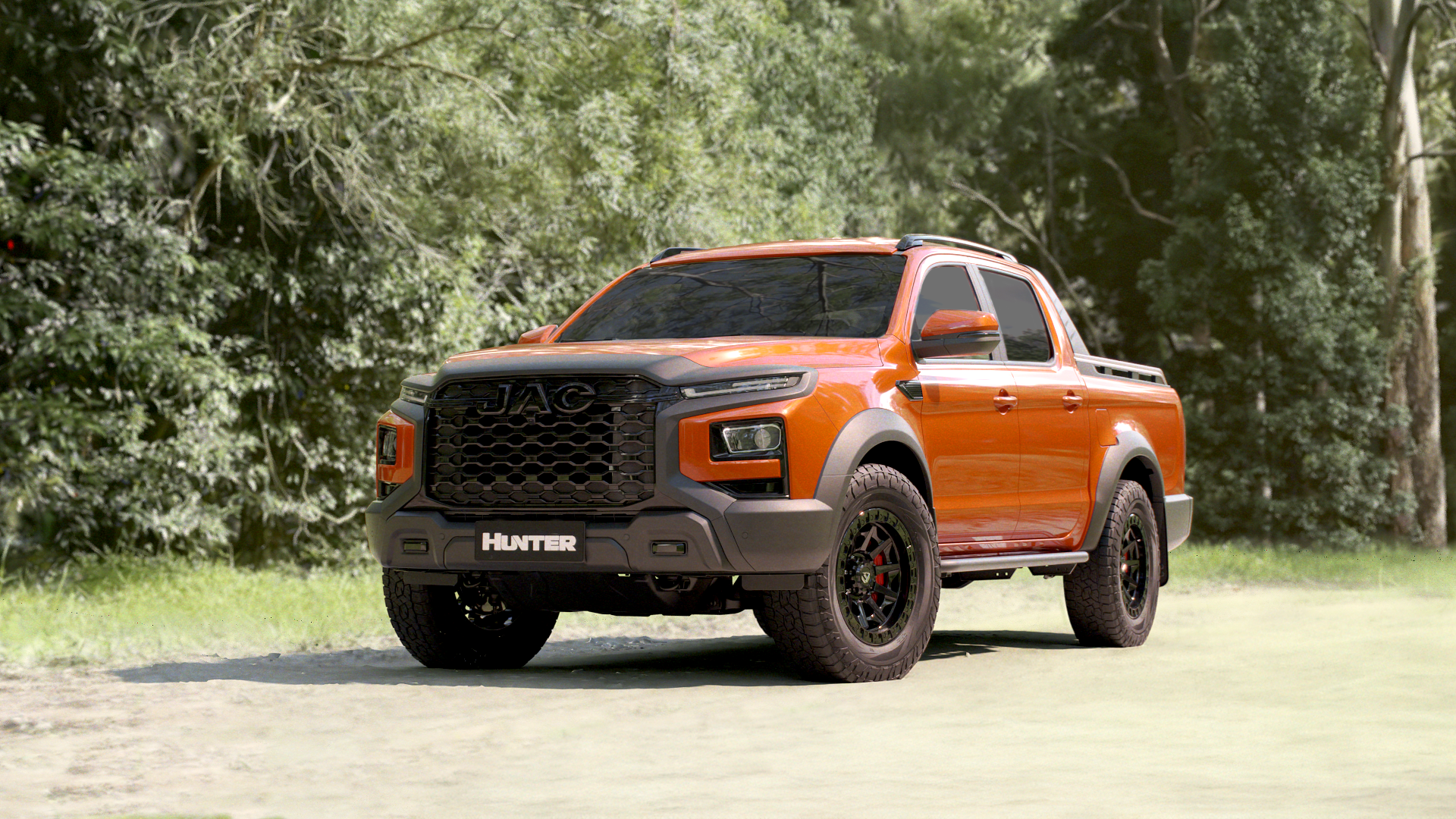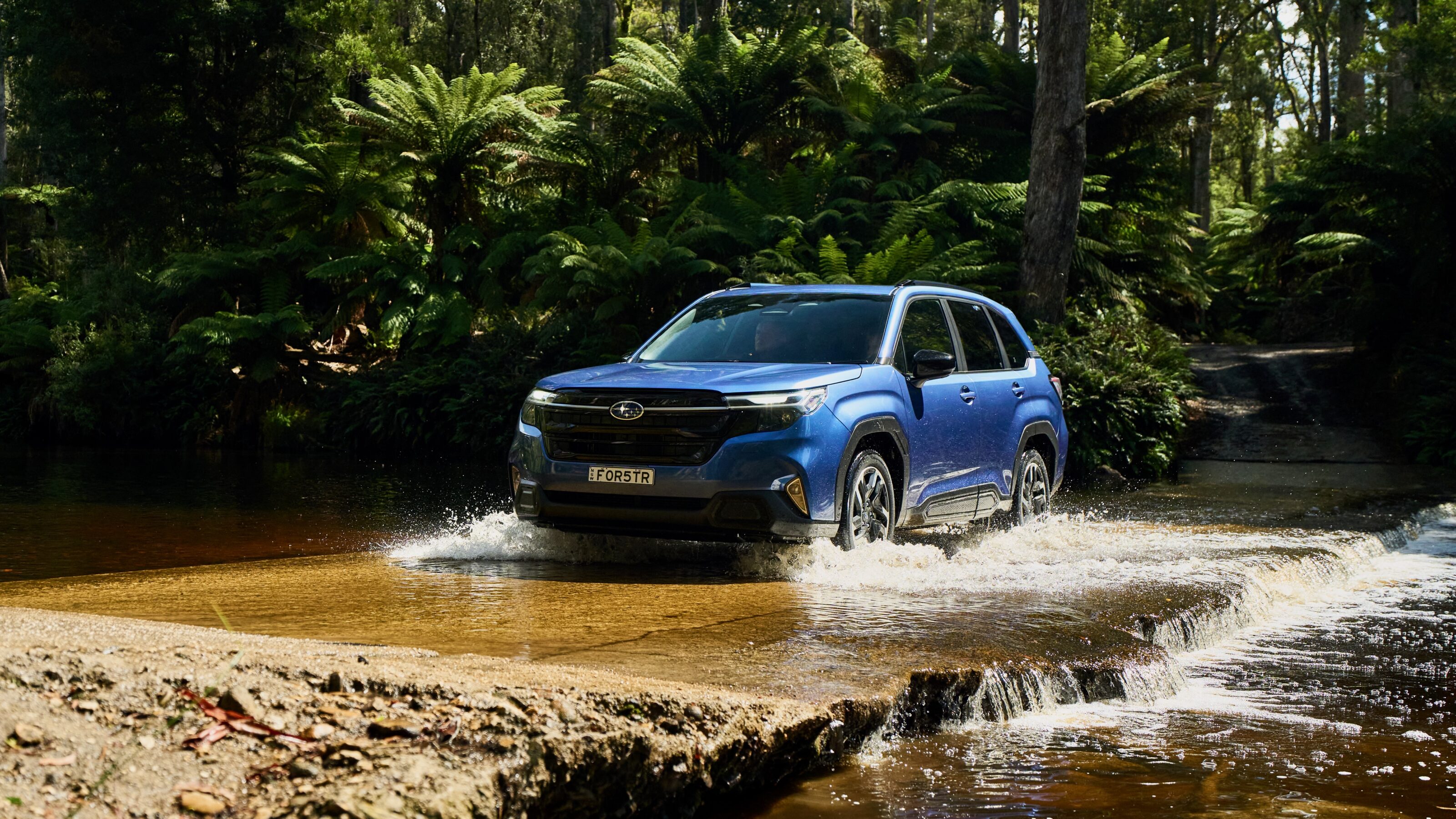“No disrespect to any sports car brand,” said Ron Dennis in 2008 as he revealed McLaren was about to get into the business of building road cars, “but few can list 20 World Championships, and wins at Le Mans.” Few? Dennis was being generous. There was really only one. “I’d love to aspire to be Ferrari,” he said in answer to the obvious question.
Fast-forward to 2021. Ron Dennis no longer has any involvement at McLaren, but the car he was announcing – then code-named P11 but launched as the MP4-12C – has since spawned a 14-model lineup. Bold, brave hypercars like the Speedtail and the brutalist Senna have earned the McLaren name plenty of street cred.
But those Ferrari aspirations? They’re still a work in progress.
UPDATE, June 2022: Artura driven!
We’ve finally driven the new McLaren Artura, and it’s quite a thing. Catch our review at the link below.
The Artura I’ve just driven is still a work in progress. A car that’s not yet finished. Let me explain.
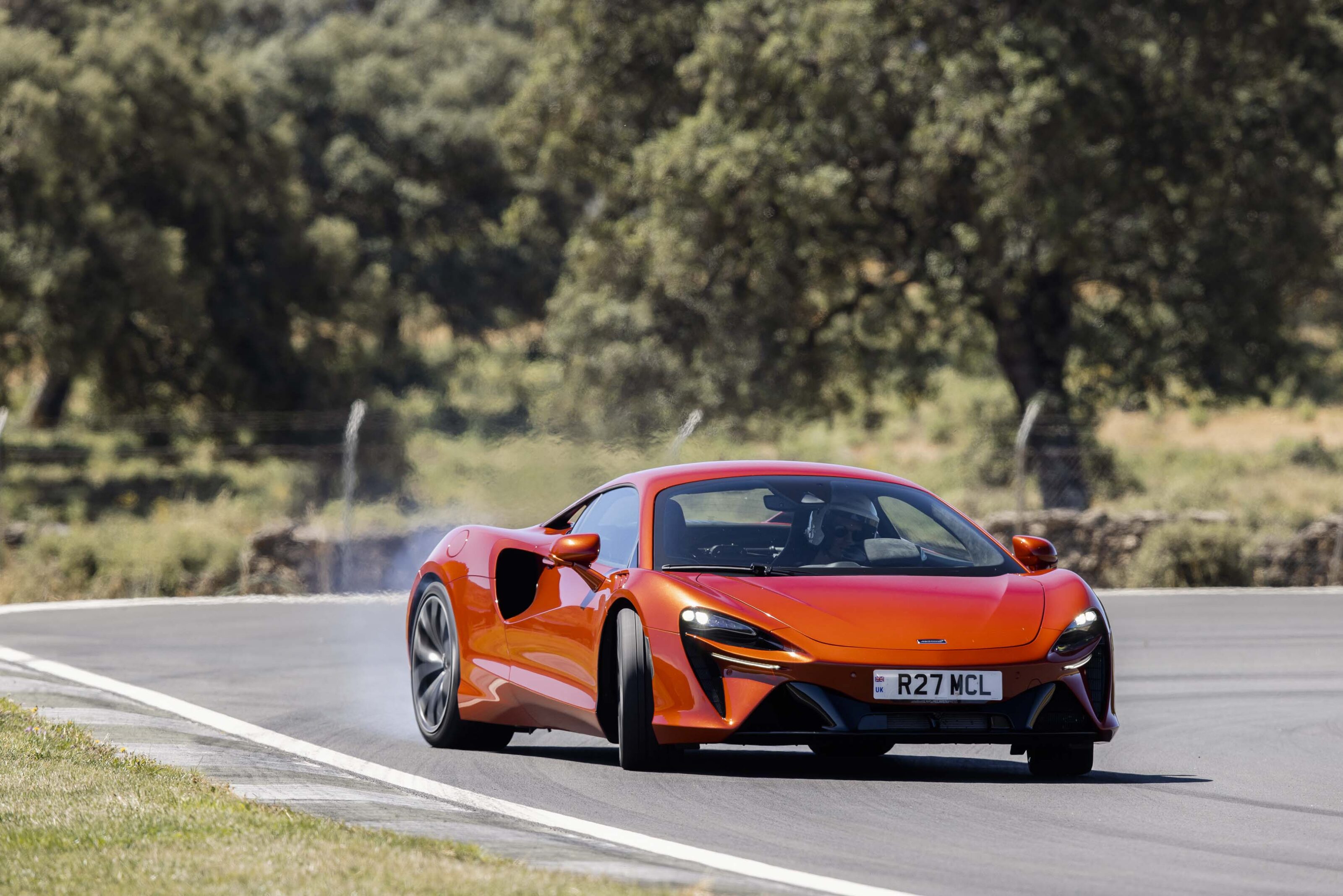
The story to here
Enter the McLaren Artura. The Artura debuts a new vehicle architecture and a new hybrid powertrain that are both designed to take McLaren into the next decade.
“It’s a supercar for a new era,” says Jamie Corstorphine, McLaren’s director of product strategy. But the Artura’s core characteristics – light weight and quick responses – are very much anchored in McLaren’s history. In many ways the Artura is evolutionary, not revolutionary.
It’s perhaps no surprise, then, that the Artura looks… exactly how you’d expect a new McLaren to look. But closer inspection reveals a carefully nuanced evolution of McLaren design themes rather than a cut-and-paste of familiar graphics, and careful attention to aerodynamic detail.
For example, the vent near the front wheel directs turbulent air from the wheel well downwards so it doesn’t disturb the airflow into the engine intake vent at the rear; what looks like a simple styling line on the door actually channels air from the front of the car along the sills and into the rear cooling radiators.
In the metal the Artura looks tighter, more sophisticated, more composed than any previous McLaren, with crisper detailing and snugger panel gaps.
The doors, rear clamshell, roof and A-pillar are all superformed aluminium pieces, the bonnet is a conventional aluminium stamping, and the front and rear quarter panels are made from composites.
The Artura is 10mm longer overall than a 570S but a 30mm shorter wheelbase delivers a subtly different proportion.
Dubbed MCLA, the Artura’s all-new carbonfibre structure is manufactured at the recently opened McLaren Composites Technology Centre in Sheffield, 280km north of McLaren HQ in Woking where the car’s final assembly will take place.
It’s a lighter, stronger and stiffer structure than the existing chassis, and crucially has been designed to ensure the optimal placement of the battery pack required for what McLaren calls its HPH – high-performance hybrid – powertrain.
The key element of that HPH powertrain is a brand-new 3.0-litre twin-turbo V6 built by British engineering company Ricardo. The engine is unusual in that it has a 120-degree vee, which not only allows more room for packaging the twin turbochargers between the cylinder heads, but also lowers the car’s centre of gravity.
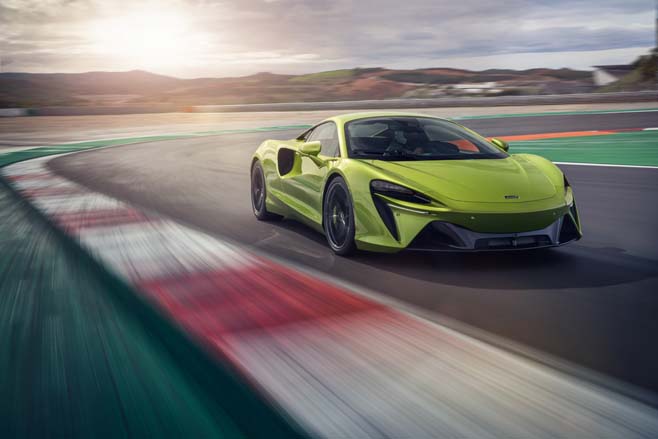
There’s another advantage, too: all V6s suffer from a primary imbalance due to the odd-number of cylinders in each bank, but the even firing interval of the 120-degree vee engine means it doesn’t require the bulky crankshaft designs commonly used in 60- and 90-degree V6s to counter the problem, though it still has a balance shaft running through the centre of the block.
The new V6 is 40kg lighter and 150mm shorter than the 4.0-litre V8 used in the current McLaren lineup, and the stiffer, more compact crank allows it to rev to 8500rpm.
The hybrid bit comes courtesy of an axial flux e-motor that’s mounted between the V6 and a new eight-speed dual-clutch transmission.
Powered by a 7.4kW/h battery that’s bolted under the fuel tank at the center of the car, the e-motor adds 70kW and 135Nm to the 430kW and 585Nm punched out by the internal combustion engine, bringing the total system output to 500kW and 720Nm.
The Artura’s battery can be recharged in 2.5 hours. The HPH powertrain has four drive modes: EV, Comfort, Sport and Track. EV mode allows the Artura to travel up to 30km on the e-motor alone. Comfort mode is calibrated to ensure optimal fuel efficiency and will shut down the internal combustion engine at speeds below 40km/h.
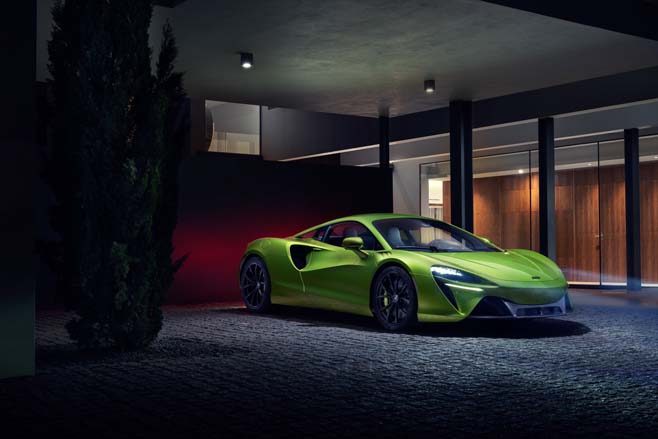
Sport and Track modes enable increasingly aggressive deployment of e-power, mainly as torque infill to help punch the Artura out of corners. The modes actuated by rocker switches on the corners of the adjustable instrument binnacle and can be selected without the driver having to move hands from the steering wheel.
Like the Ferrari SF90, which also has an axial flux e-motor pancaked between the engine and transmission, the Artura’s transmission has no reverse gear – the e-motor simply spins in the opposite direction to silently drive the car backwards.
The Artura’s underpinnings follow familiar McLaren practice – with a few tweaks. The new multi-link rear suspension is twice as stiff as the old setup, but lighter.
The front wheels are 19-inch, the rears 20-inch, and are shod with Pirelli’s cutting-edge P Zero Cyber Tyres, which feature embedded chips that communicate directly with the car’s driver assistance systems when a loss of grip is detected.
Those high-tech tyres communicate with the world’s first ethernet automotive electronic architecture. The ethernet system, which allows the Artura to have high-tech driver assist features such as adaptive cruise control and lane assist, can transmit data up to 100 times faster than a typical CAN bus system.

More significantly, though, McLaren says it has reduced cabling by 25 percent, and that fewer wires and connectors mean a 10 percent weight reduction compared with a conventional architecture.
Claimed DIN weight is 1498kg, making the McLaren 43kg lighter than a Ferrari F8 Tributo and 155kg lighter than a Lamborghini Huracan Evo, and – critically – with a better power-to-weight ratio than either rival.
McLaren claims the Artura will sprint from 0-100km/h in 3.0sec and reach 200km/h in 8.3sec en route to a top speed of 330km/h. On those numbers the Artura looks to be as quick as the F8 Tributo to 100km/h, and just a few tenths of a second off the Huracan Evo, which of course benefits from superior traction off the line thanks to all-wheel drive.
The Artura is expected to arrive in Australia towards the end of this year. No final word on pricing, but McLaren sources say it will be positioned mid-way between the GT grand tourer and 720S super sports car, so don’t expect much change from $450,000.


